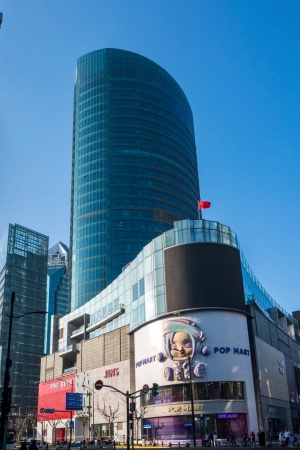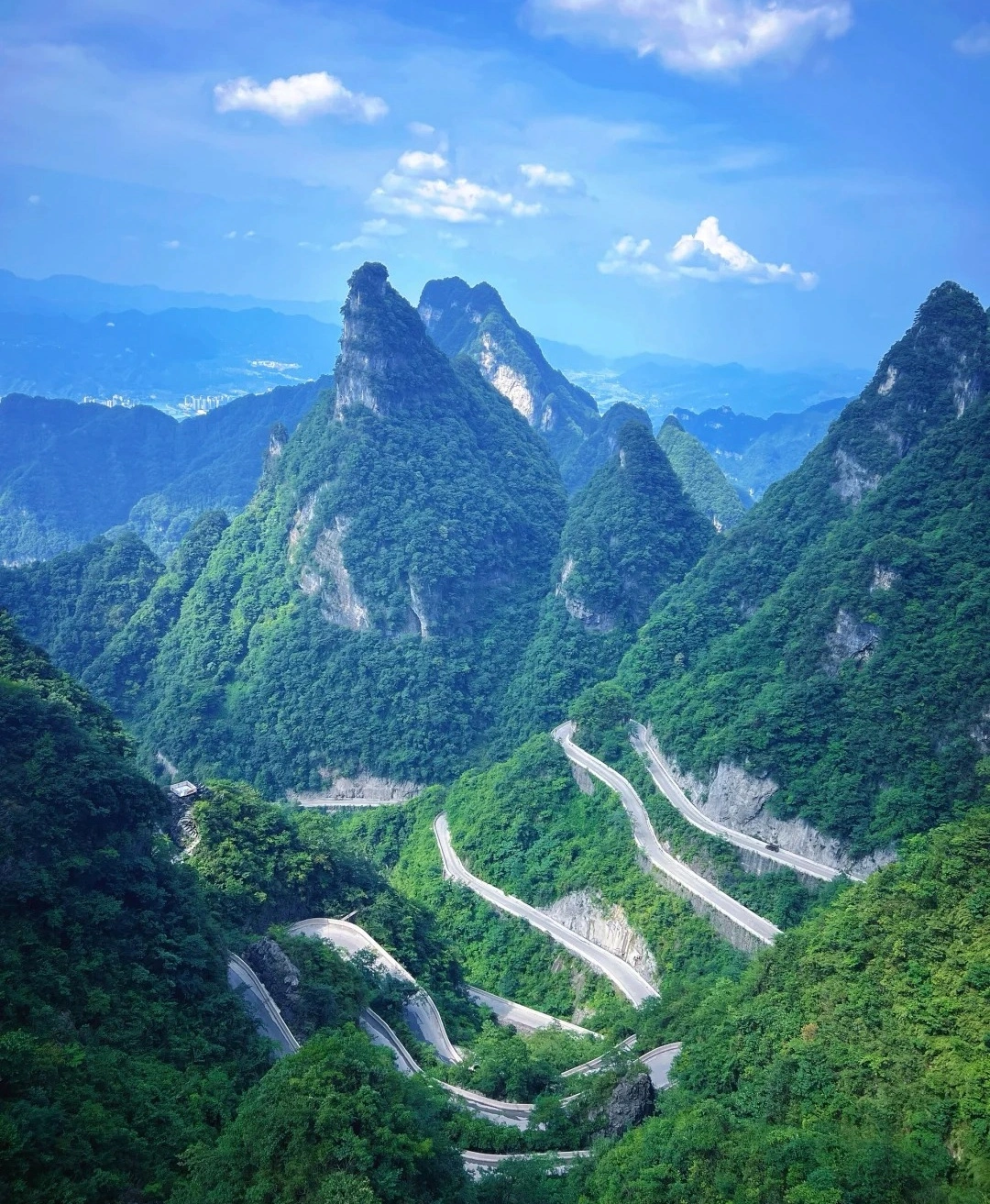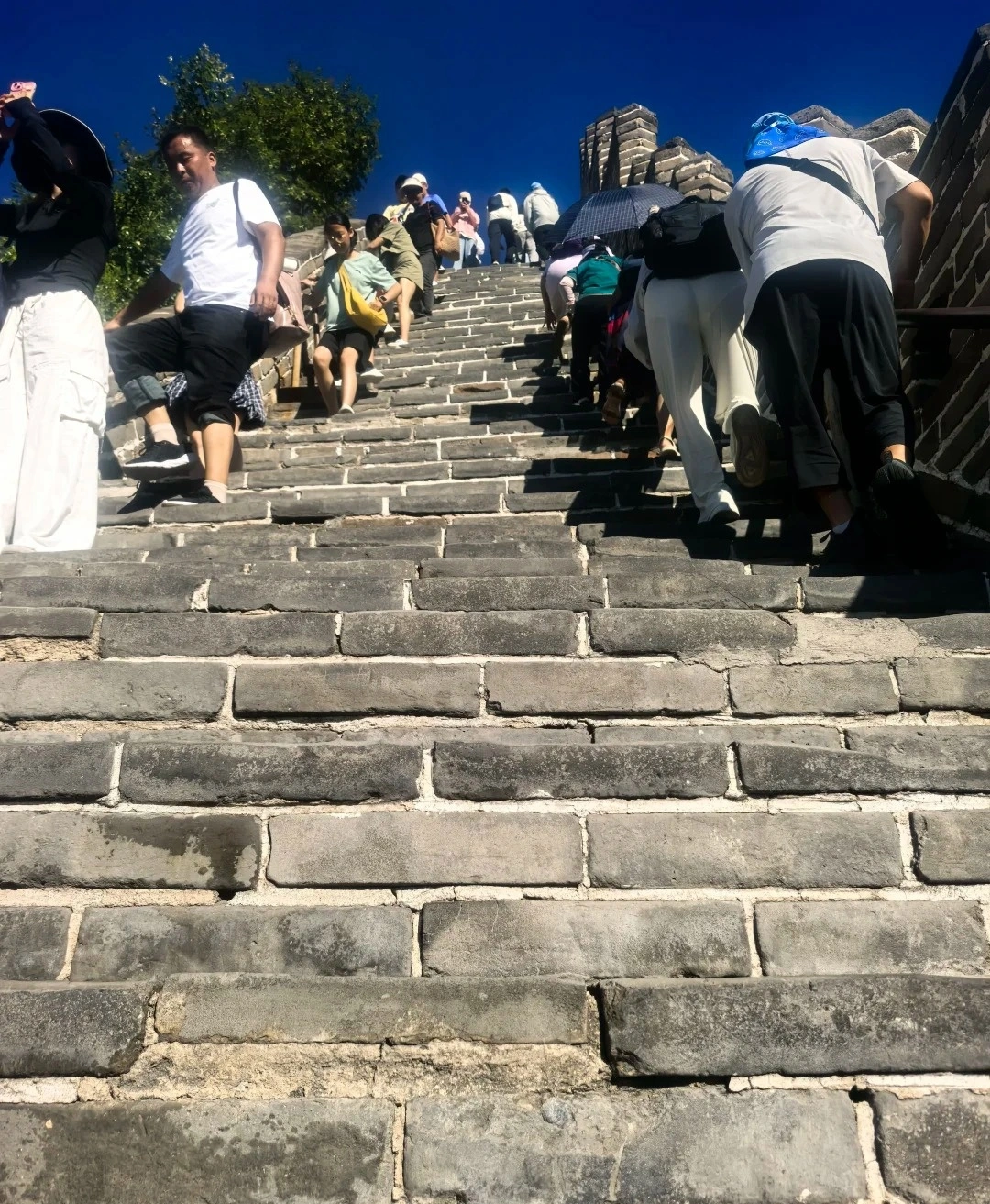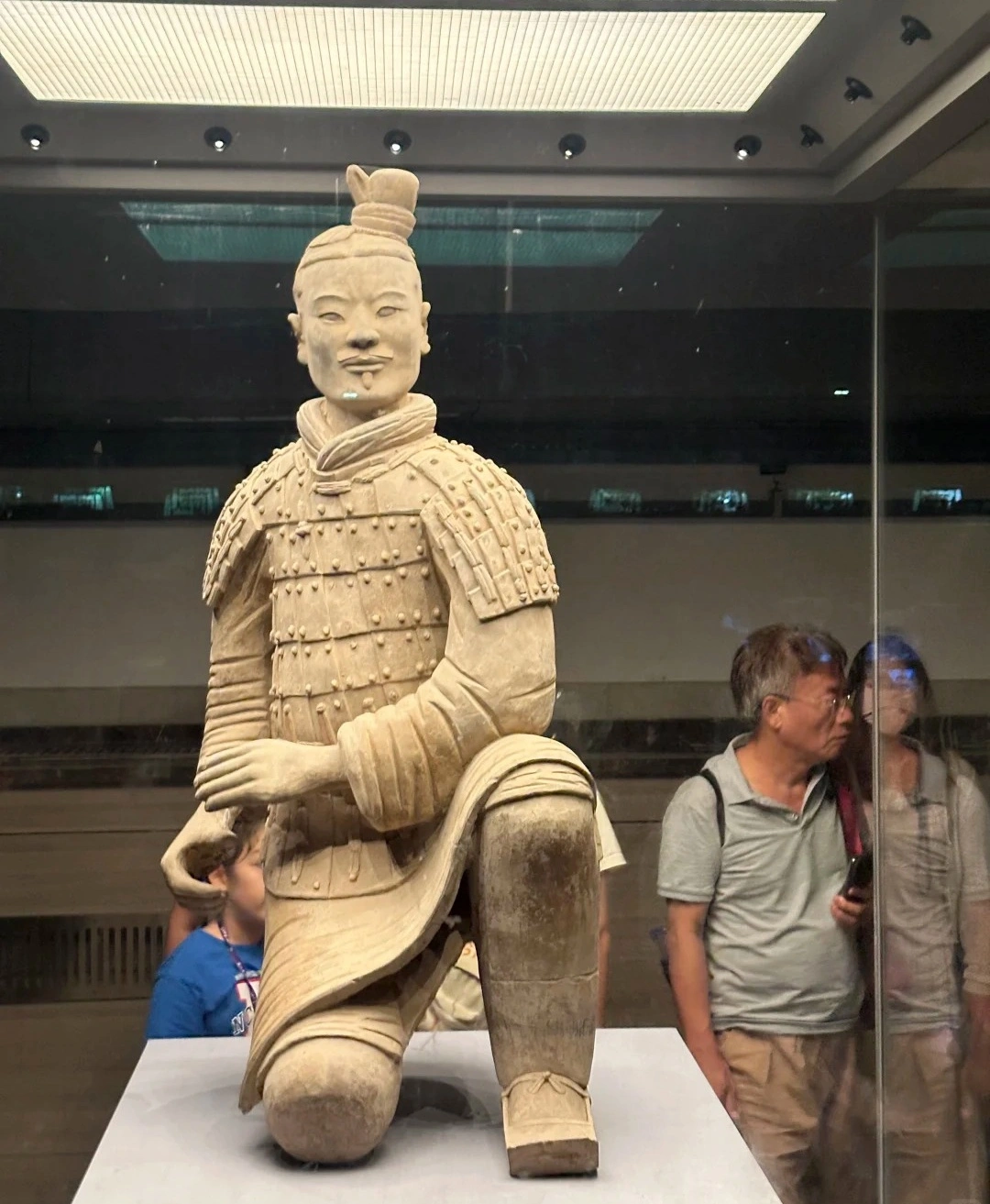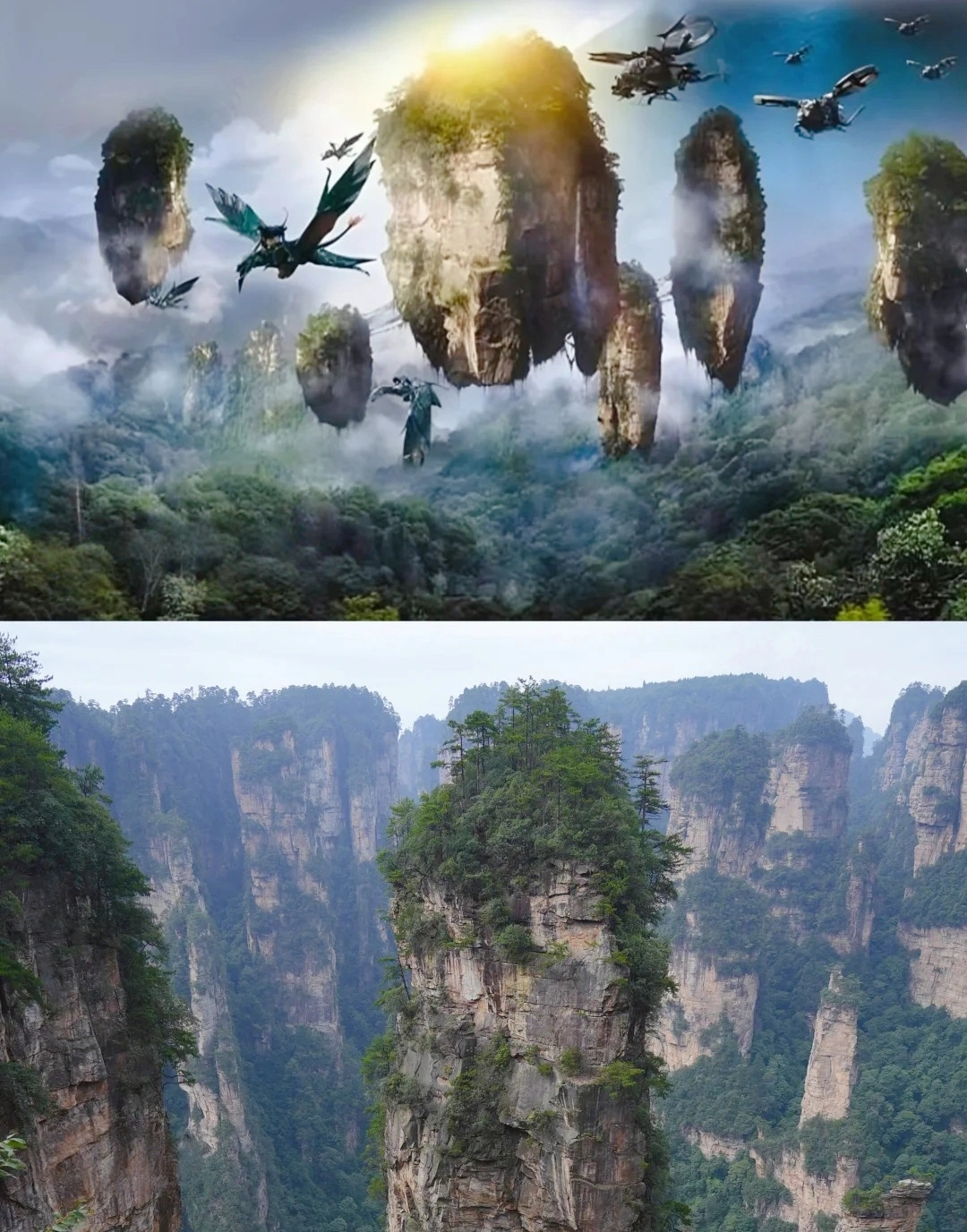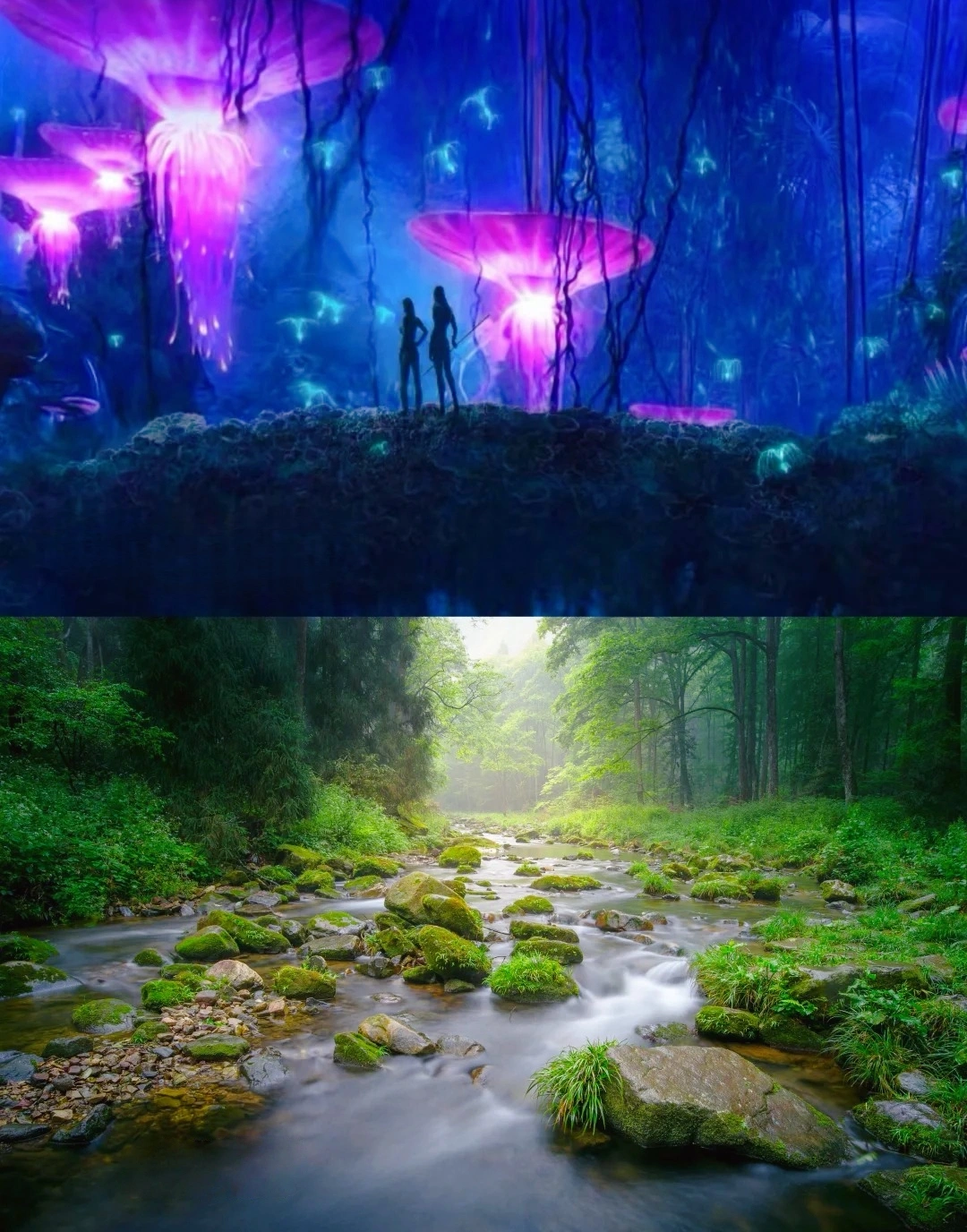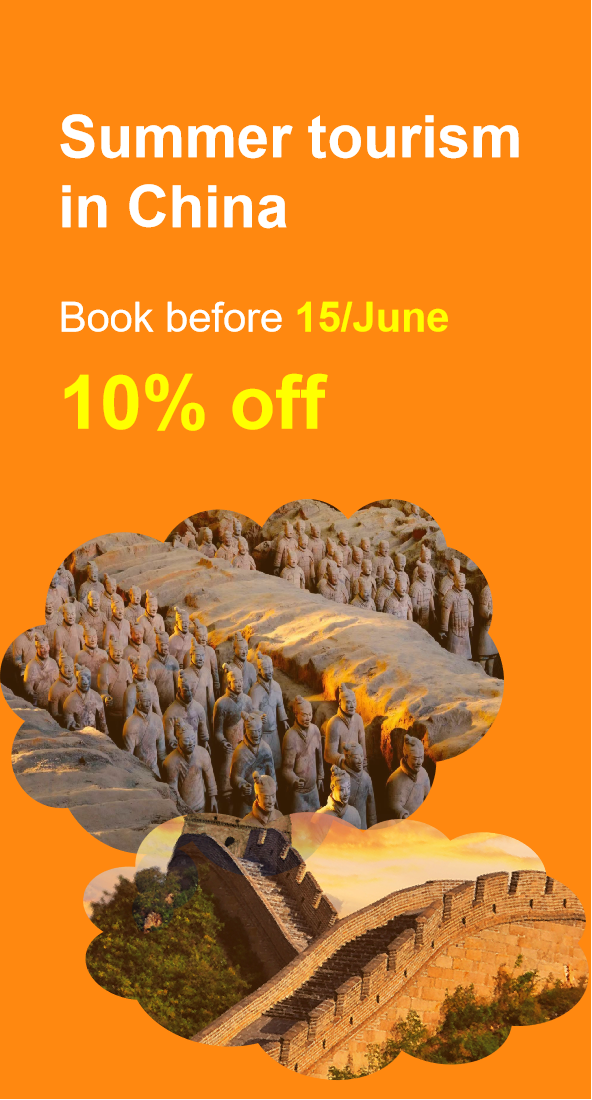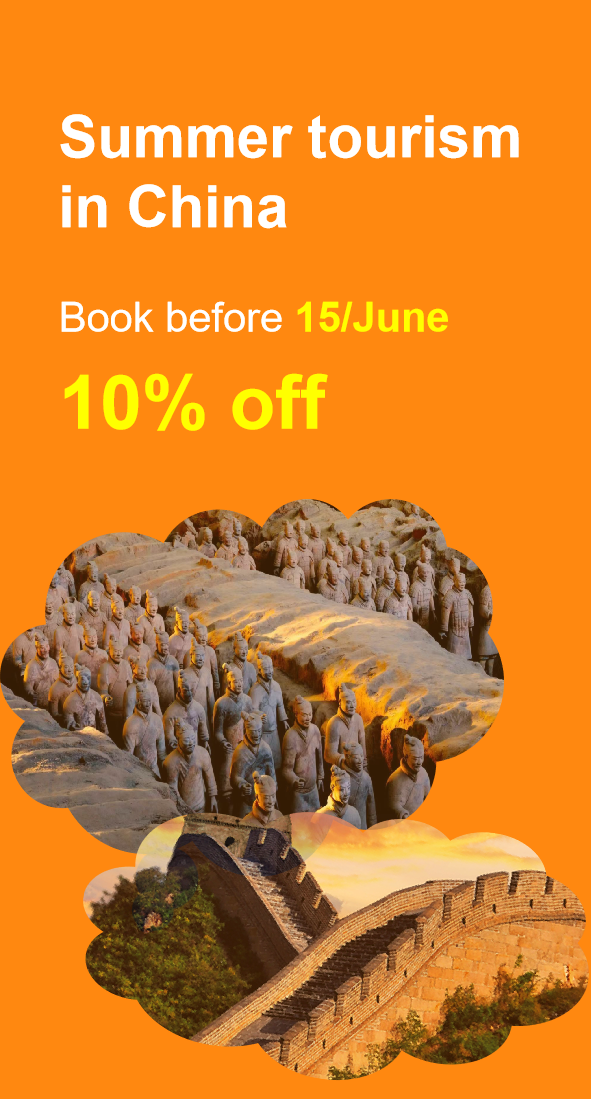From Camel Bells to Dunhuang Dreams: 10 Must-Live Silk Road Moments in Gansu
Gansu Province, the heartland of China’s ancient Silk Road, is a treasure trove of history, art, and adventure. From the mystical Mogao Caves to the golden dunes of Crescent Lake, this region offers travelers a chance to step into the footsteps of merchants, monks, and explorers. Here are 10 unforgettable Silk Road experiences that blend culture, nature, and legacy.
1. Explore the Mogao Caves: A Gallery of Buddhist Art
No Silk Road journey in Gansu is complete without a visit to the Mogao Caves near Dunhuang. This UNESCO World Heritage Site houses over 490 grottoes adorned with murals and sculptures spanning 1,000 years of Buddhist art. Wander through dimly lit chambers to witness vivid depictions of heavenly realms, ancient trade caravans, and sacred rituals—a testament to the Silk Road’s role as a crossroads of cultures.
2. Camel Trekking Across the Dunhuang Desert
Channel your inner Silk Road traveler by riding a camel through the sweeping dunes of the Gobi Desert. A multi-hour trek from Dunhuang’s desert oases lets you experience the same arid landscapes that once challenged merchants. Pause at sunset for panoramic views of endless sands, and camp under starlit skies for a taste of nomadic life.
3. Wander the Crescent Lake Oasis
Hidden amidst the desert lies Crescent Lake, a crescent-shaped oasis miraculously sustained for millennia. Surrounded by towering sand dunes, this serene lake was a vital stop for Silk Road caravans seeking water and rest. Stroll along wooden walkways, sip tea at lakeside cafés, or climb the dunes for a sunset photo—a surreal blend of nature and history.
4. Walk the Ancient Yangguan Pass
Once a military fortress guarding the western frontier, Yangguan Pass (Yang Pass) now stands as a haunting ruin. Stand atop its crumbling walls and imagine the poetic farewells of Tang Dynasty poets like Wang Wei, who wrote of “parting at Yangguan” as loved ones embarked on perilous journeys west.
5. Discover Yumen Pass: The Jade Gate
Near Dunhuang, Yumen Pass (Jade Gate) marked the Silk Road’s entry into China. Though time has eroded its stone towers, the site’s strategic importance remains. Explore the ruins, read inscriptions left by ancient travelers, and reflect on how this gateway shaped trade and cultural exchange for centuries.
6. Immerse Yourself in Dunhuang’s Silk Road History
Dunhuang itself is a living museum. Visit the Dunhuang Museum to see artifacts unearthed from the Mogao Caves, including silk scrolls, coins, and musical instruments. Nearby, the Dunhuang Academy offers interactive exhibits on Silk Road trade, religion, and daily life.
7. Savor the Flavors of Silk Road Night Markets
As dusk falls, Dunhuang’s night markets come alive with aromas of grilled lamb skewers, steaming noodles, and sweet Osmanthus cakes. Wander through stalls selling Handicrafts, spices, and camel-themed souvenirs. Chat with local vendors to hear stories of how their families have preserved Silk Road traditions for generations.
8. Hike the Silk Road’s Desert Highways
For adventurous souls, follow sections of the ancient Silk Road trail near Dunhuang. Trek past abandoned watchtowers and rock carvings, tracing the paths once taken by caravans laden with silk, tea, and ideas. Local guides share tales of bandits, storms, and the resilience of traders who braved these harsh routes.
9. Attend a Traditional Dunhuang Music and Dance Show
Experience the Silk Road’s artistic legacy at a Dunhuang-style performance. Dancers clad in flowing robes reenact scenes from murals, while musicians play ancient instruments like the pipa (lute) and erhu (two-stringed fiddle). The shows blend Central Asian, Persian, and Chinese influences, echoing the route’s multicultural spirit.
10. Stay in a Desert Homestay
Cap off your journey with a night in a Dunhuang desert homestay. Sleep in traditional yurt-style tents, share meals with local families, and learn folk songs passed down through generations. As you gaze at the Milky Way, you’ll feel connected to the nomads and traders who once found solace under the same stars.
Why Gansu Matters
Gansu’s Silk Road heritage is not just about ruins and relics—it’s a living narrative of exchange, endurance, and creativity. Whether you’re trekking with camels, decoding ancient murals, or bargaining in night markets, every moment in Gansu is a dialogue with history.
Pack your curiosity and a sense of wonder—Gansu awaits to rewrite your understanding of the Silk Road.
Contact Us
What Our Clients Say?
Based on 10,000+ traveler reviews
